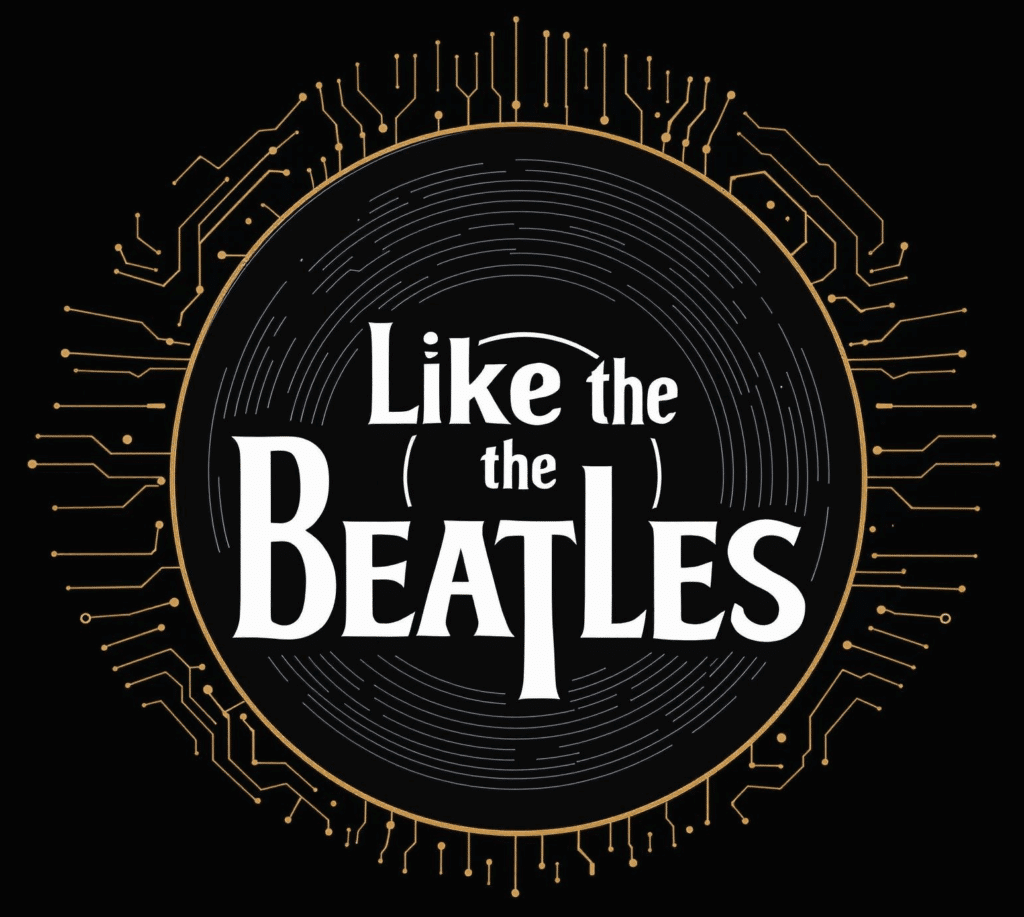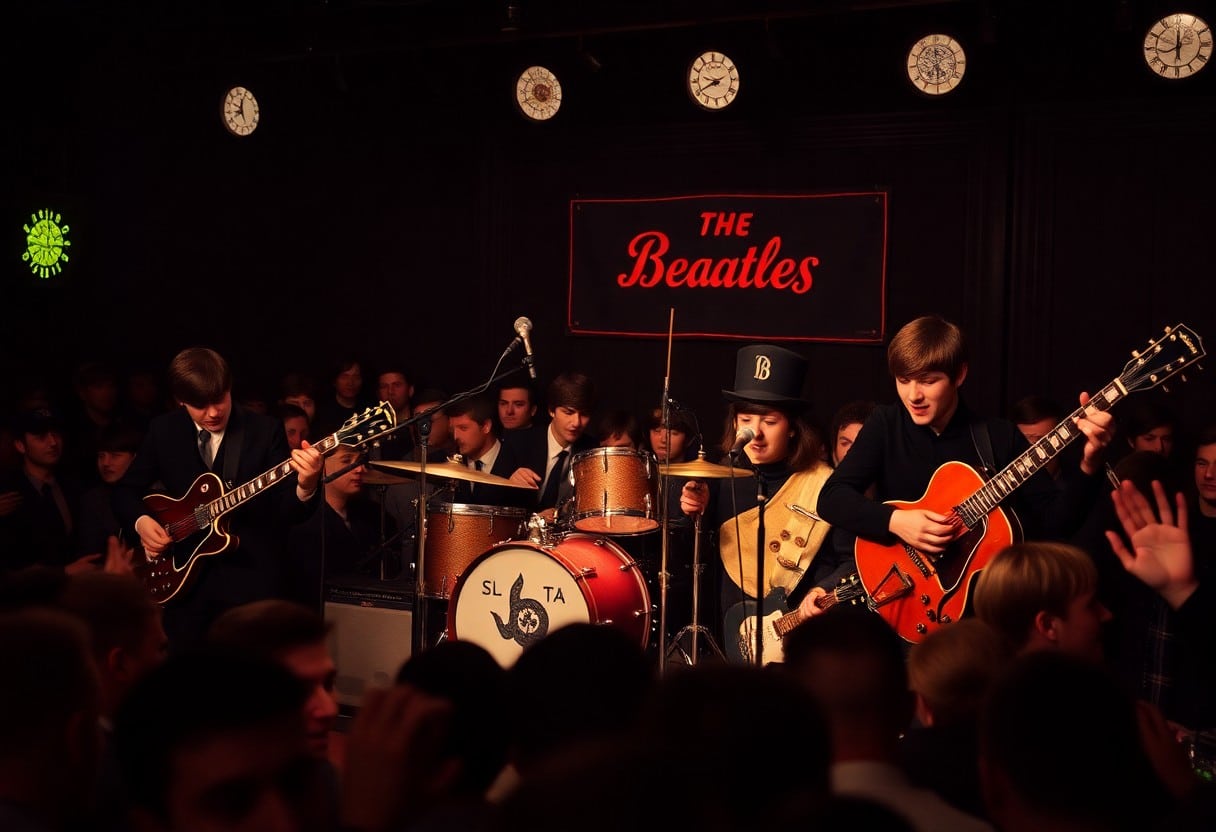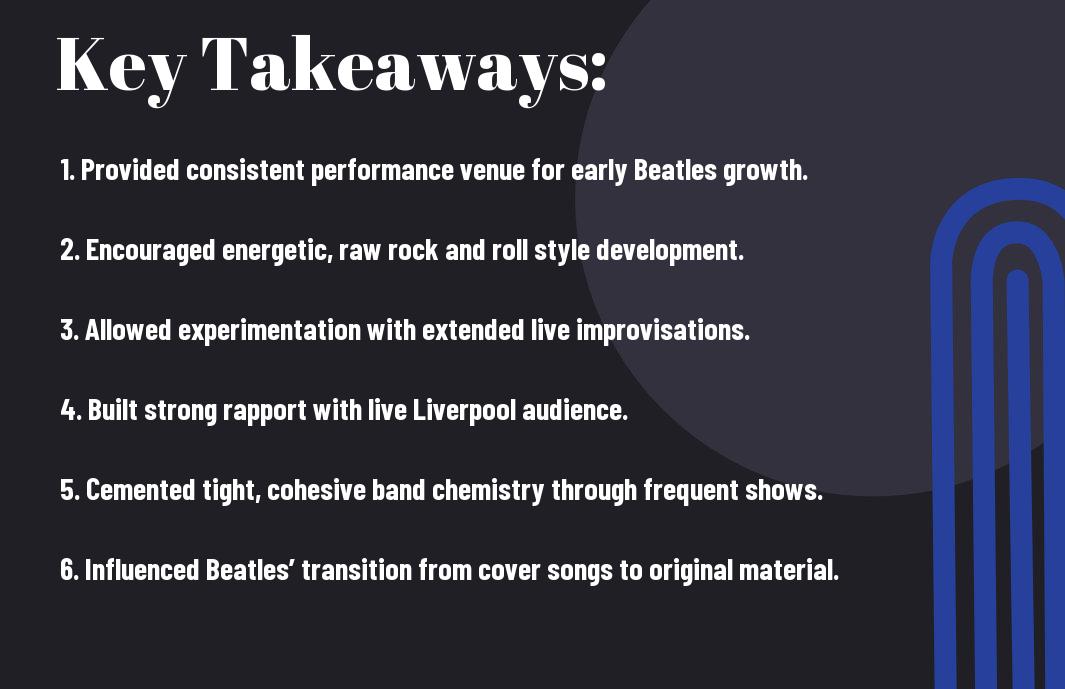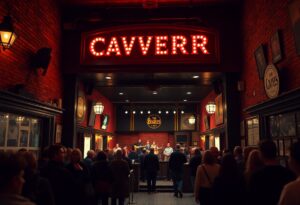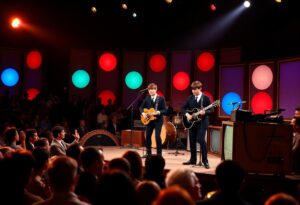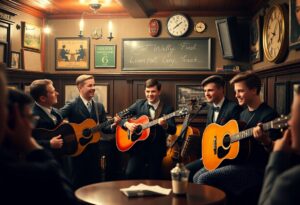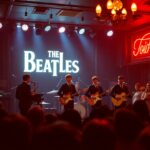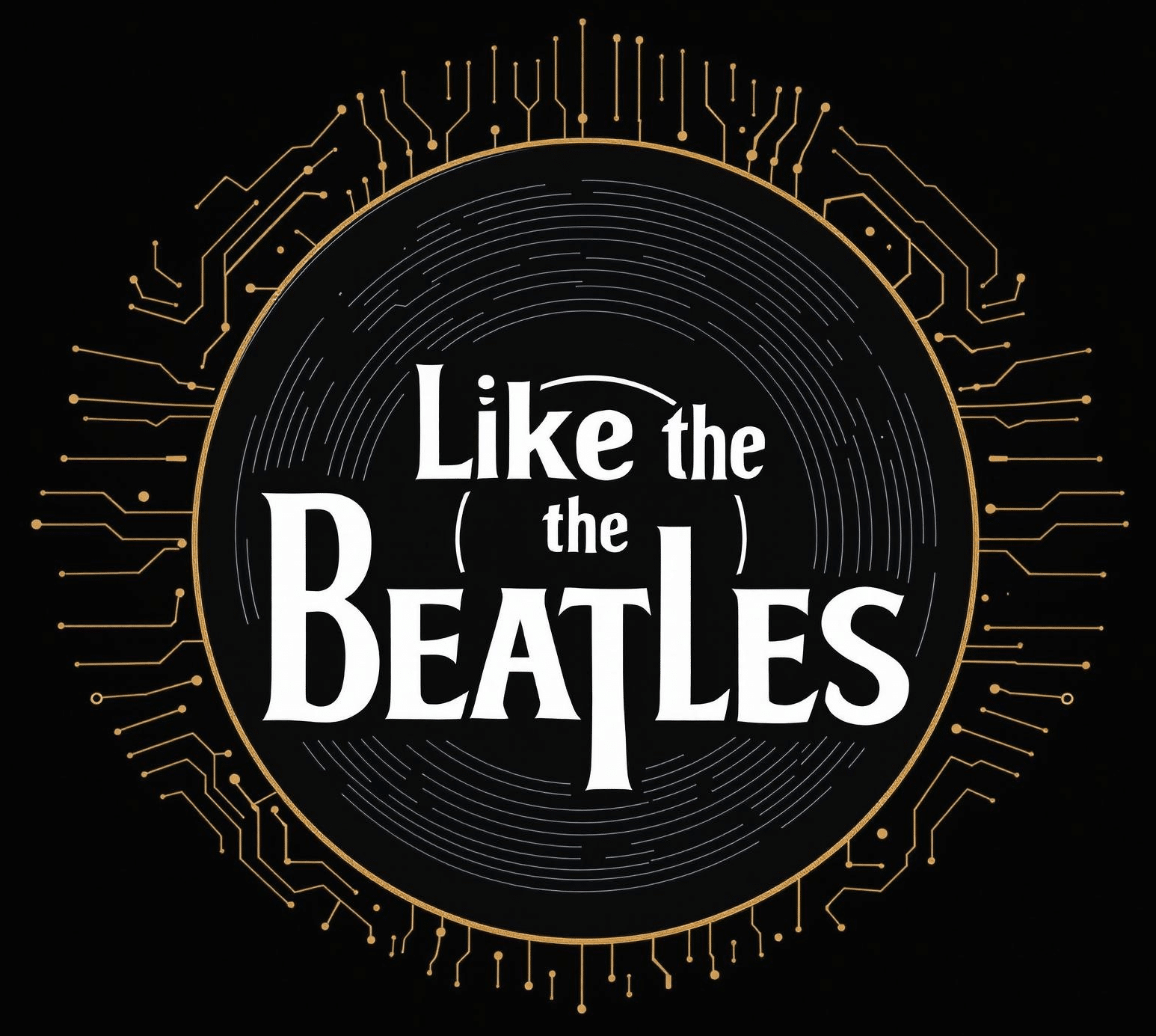With a focus on innovation and energetic performances, the Star-Club in Hamburg played a significant role in shaping the sound of The Beatles from their early days to their eventual disbandment. During their formative years, I found that the gritty atmosphere and the raw live shows at the club urged the band to refine their musical style, integrating various genres and enhancing their stage presence. As I explore their journey, you’ll see how the Star-Club became a launchpad for their creativity, influencing the sound that captivated millions around the world.
The Origins of the Star-Club
A distinct moment in music history, the Star-Club opened its doors in 1962 in Hamburg, Germany. It served as a launchpad for The Beatles, providing a platform that shaped their signature sound. The club became a vibrant hub where they honed their craft, blending rock and roll with their unique style, thus playing a pivotal role in their evolution from novice musicians to global icons.
Location and Atmosphere
By being located in the heart of the Reeperbahn, the Star-Club was drenched in the eclectic nightlife of Hamburg. The atmosphere was electric, with the pulsating energy of rock music and a diverse crowd that encouraged experimentation. This vibrant setting was vital for The Beatles, as it allowed them to develop their musical identity in front of enthusiastic audiences.
Key Figures and Influences
To understand the impact of the Star-Club, you must look at the key figures that surrounded it. Artists, producers, and club owners contributed to an environment rich in musical inspiration. Legendary performances from other groups further motivated The Beatles, pushing them to explore new sounds and styles that would later define their music.
Further exploration reveals that the Star-Club was not just a venue; it was a melting pot of influences. Artists like Chuck Berry and Little Richard were frequent inspirations, as their energetic performances resonated deeply with The Beatles. The club’s owner, Alan Williams, played a significant role in shaping their approach, providing them with opportunities to play extensively. This experience allowed The Beatles to experiment without fear of failure, ultimately refining their sound and enhancing their musical prowess.
The Beatles’ Early Performances
Some of the most formative moments for The Beatles occurred during their early performances at various venues, where they honed their craft and began to captivate audiences. Playing regularly at the Casbah Coffee Club and later at the Star-Club in Hamburg, they developed a unique sound that set the stage for their eventual rise to fame. These performances not only showcased their musical abilities but also forged a bond between the band and their rapidly growing fanbase.
Setlists and Musical Style
Between their early days in Liverpool and their time in Hamburg, The Beatles crafted setlists filled with a mix of rock ‘n’ roll, pop standards, and original compositions. Their musical style evolved rapidly, blending influences from American artists like Chuck Berry and Little Richard with their own innovative flair. This eclectic approach allowed them to appeal to various audiences while establishing a distinctive sound that would become synonymous with their identity.
Audience Reactions and Reception
Audience reactions to The Beatles during their early performances were overwhelmingly enthusiastic, paving the way for their legendary status.
A crowd’s excitement at The Beatles’ shows demonstrated the band’s magnetic appeal, with young fans often screaming and dancing in the aisles. The energy in the room was palpable, and as their performances unfolded, I could feel the intense connection between the band and its audience. The adoration was not without its dangers, as frenzied fans sometimes clashed with security, while the band’s growing notoriety spilled over into nearby areas. Ultimately, these fervent receptions fueled the group’s ambition and confirmed their potential for stardom.
Evolution of The Beatles’ Sound
All throughout their career, The Beatles showcased a remarkable evolution in their sound, reflecting both personal growth and changing musical landscapes. From their early rock ‘n’ roll roots at the Star-Club to complex studio experimentation, each phase introduced new elements and influences. Their journey illustrates how they began as a band eager to entertain and transformed into cutting-edge innovators, leaving a significant mark on music history.
Musical Experimentation at the Star-Club
Evolution defines The Beatles’ time at the Star-Club, where they honed their skills in live performance and embraced experimentation. The nights spent playing a mix of rock ‘n’ roll and pop songs allowed them to explore various styles and techniques, ultimately shaping their unique sound. This environment encouraged them to push boundaries, laying the groundwork for their later innovations in songwriting and studio production.
Influence of Other Bands and Genres
Among the many factors that shaped The Beatles’ musical identity were the influences they absorbed from other bands and diverse genres. As they navigated the vibrant music scene of the time, they drew inspiration from rock, R&B, folk, and even classical elements. This eclectic mix played a significant role in their style, helping them stand out in an era rich with creative possibilities.
Hence, when I examine the influence of various bands and genres on The Beatles, it’s evident that their exposure to artists like Chuck Berry, Elvis Presley, and Little Richard fostered a spirit of innovation. The incorporation of different musical styles enriched their work, resulting in iconic songs that blended rock with intricate harmonies and groundbreaking arrangements. Their willingness to experiment with genres like Indian music and psychedelia ultimately expanded the boundaries of popular music, making them a defining force in the evolution of modern music.
Recording and Production Techniques
Unlike many bands of their time, The Beatles embraced innovative recording and production techniques while at the Star-Club. This period saw them experimenting with various instrumentation and vocal harmonies, which became necessary elements of their evolving sound. The close collaboration with their producer and sound engineer allowed them to push the boundaries of what was possible, leading to richer, layered compositions that defined their music from their debut to their disbandment.
Live Recordings and Their Impact
Any fan of The Beatles can appreciate the electrifying energy captured in their live recordings from the Star-Club. These performances showcased not only their raw talent but also the dynamic interaction with their audience, shaping their performance style. The enthusiasm and spontaneity from these shows translated into their studio work, influencing their approach to recording and arrangement.
Transition to Studio Work
Among the significant shifts for The Beatles was their transition from live performances to studio work. This change was marked by their desire to expand their musical horizon and explore complex arrangements that could not be replicated on stage.
Considering the impact of moving into the studio, The Beatles quickly adapted to the new possibilities for creativity. They utilized advanced recording techniques and innovative studio effects that transformed their sound. With the assistance of their producer, they leveraged multi-track recording to build intricate layers and experiment with instruments never before used in popular music. This transition not only allowed them to refine their songwriting but also drove them to create iconic albums that changed the landscape of music forever. Through their studio work, we see how a simple band from Liverpool evolved into a global phenomenon.
The Star-Club’s Role in The Beatles’ Image
Many elements contributed to The Beatles’ lasting image, and The Star-Club played an integral part in shaping their public perception. The venue became synonymous with their early performances, helping to establish them as a band full of charisma and energy. The intimate setting allowed fans to connect with the group, as their unique blend of music, charm, and style was showcased night after night, crafting an enticing narrative that would follow them throughout their career.
Formation of Their Public Persona
Across their time at The Star-Club, The Beatles developed a distinctive public persona that featured their witty banter, matching outfits, and playful interactions with fans. This carefully curated image was instrumental in attracting media attention and building a dedicated fan base. As their popularity surged, they became known not only for their innovative sound but also for their approachable and fun-loving characters, which endeared them to audiences both at the club and beyond.
Media Coverage and Promotion
Persona was a vital factor in The Beatles’ rise, largely propelled by the media coverage stemming from their Star-Club performances. Newspapers and magazines sought to capture the essence of this up-and-coming band, leading to an exponential increase in their popularity. Journalists often highlighted their energetic shows, unique style, and infectious personalities, which further fueled public interest. This extensive media exposure ensured that they were not just a local phenomenon but quickly gained national relevance, defining their presence in the music scene.
Image played an crucial role in The Beatles’ success, as the promotion of their vibrant performances at The Star-Club helped them garner widespread attention. As you analyze their ascent, you’ll find that the combination of enthusiastic live shows and favorable media portrayals created a compelling narrative that resonated with fans. This was the perfect storm of talent and marketing; it laid the foundation for their transformation into global icons. By capturing their essence of fun and authenticity, the media played an important role in elevating The Beatles to unprecedented heights in the music industry.
Lasting Legacy of the Star-Club
Now, the Star-Club remains a significant landmark in music history, symbolizing the genesis of rock ‘n’ roll in Europe. Its intimate atmosphere provided the perfect breeding ground for creativity, helping to shape not only The Beatles’ sound but also the entire landscape of popular music. This venue nurtured emerging artists and left an enduring mark that resonates with musicians and fans alike.
Influence on Future Artists
For generations of musicians, the legacy of the Star-Club serves as a beacon of inspiration. Artists draw from the club’s rich history and the raw energy that defined The Beatles’ early performances. The club’s impact can be seen in countless acts that followed in their footsteps, pushing the boundaries of rock music.
Cultural Significance in Music History
Influence extends far beyond the confines of the Star-Club, as it played an important role in the global music scene. With its doors open during the early 1960s, the club set the stage for what would become the British Invasion, introducing audiences to innovative sounds and styles. The atmosphere at the Star-Club not only fostered The Beatles’ rise but also birthed the rebellious spirit of rock ‘n’ roll, which inspired future generations of artists. Its legacy continues to provide creative fuel for those who dare to challenge the status quo in music.
To wrap up
With these considerations, I believe the Star-Club played a significant role in shaping The Beatles’ sound from their early days to their eventual disbandment. This lively Hamburg venue exposed them to diverse musical influences and helped hone their performance skills. By immersing themselves in the vibrant atmosphere of the Star-Club, I see how they developed their signature blend of rock and pop. As you reflect on their journey, it’s clear that the experiences gained there laid the foundation for their innovative artistry throughout their career.
